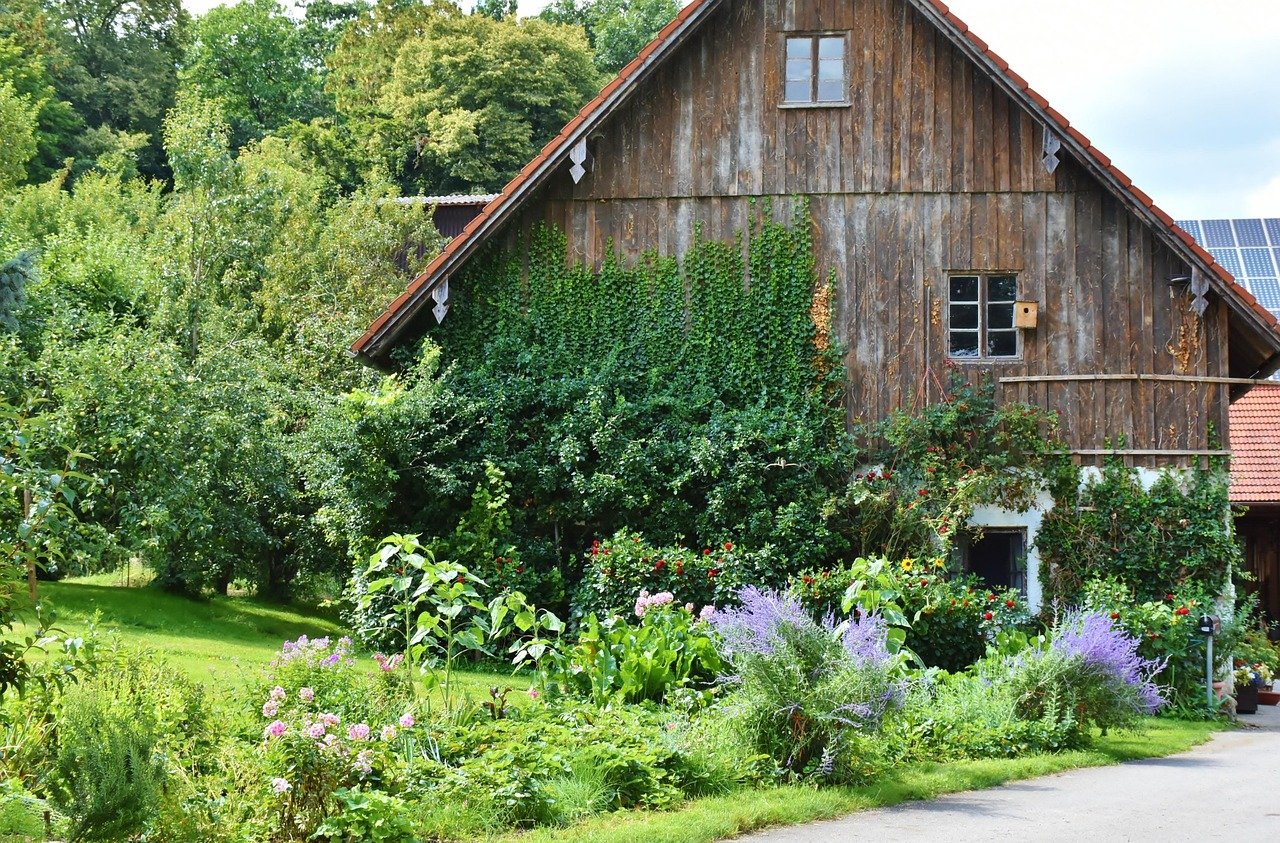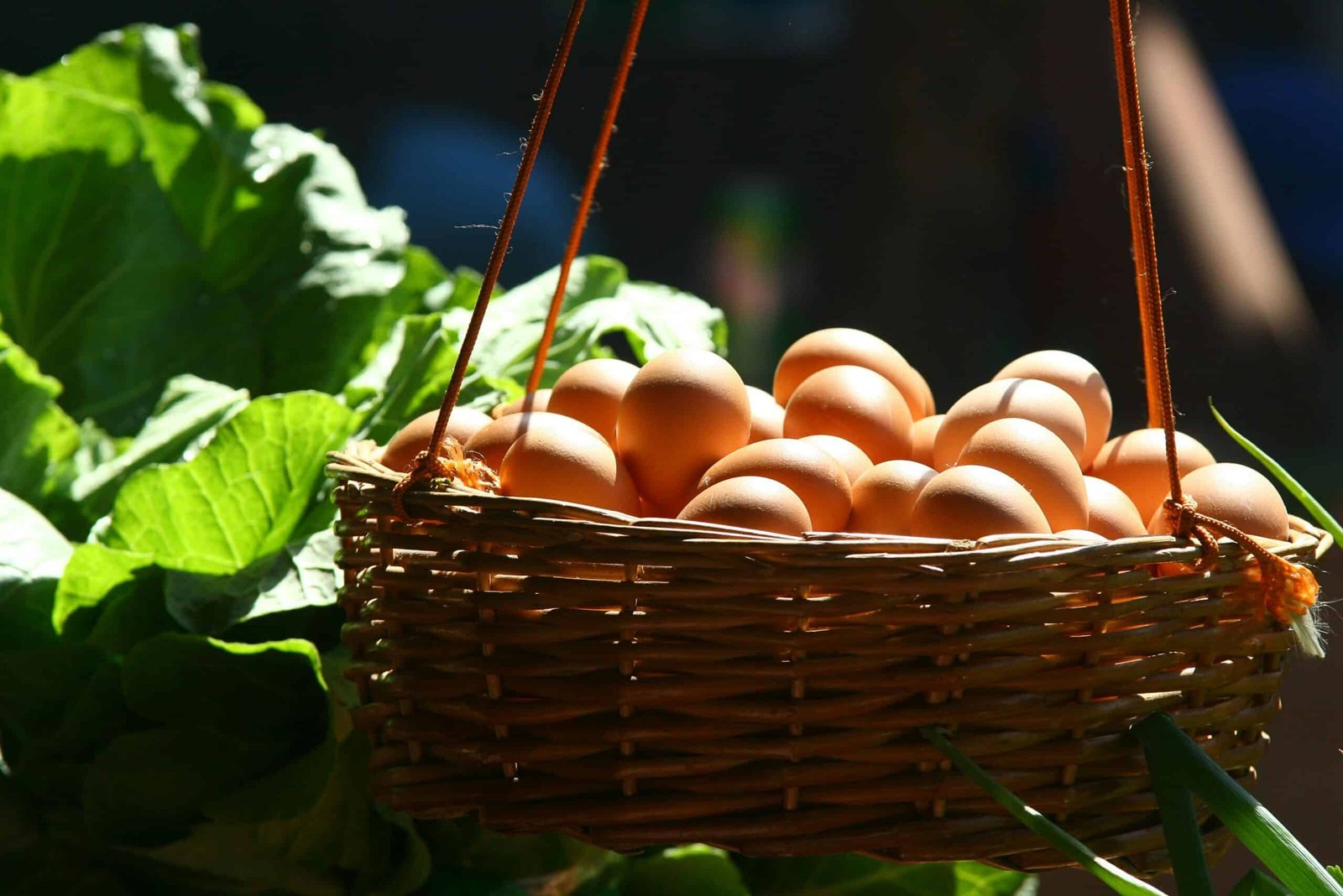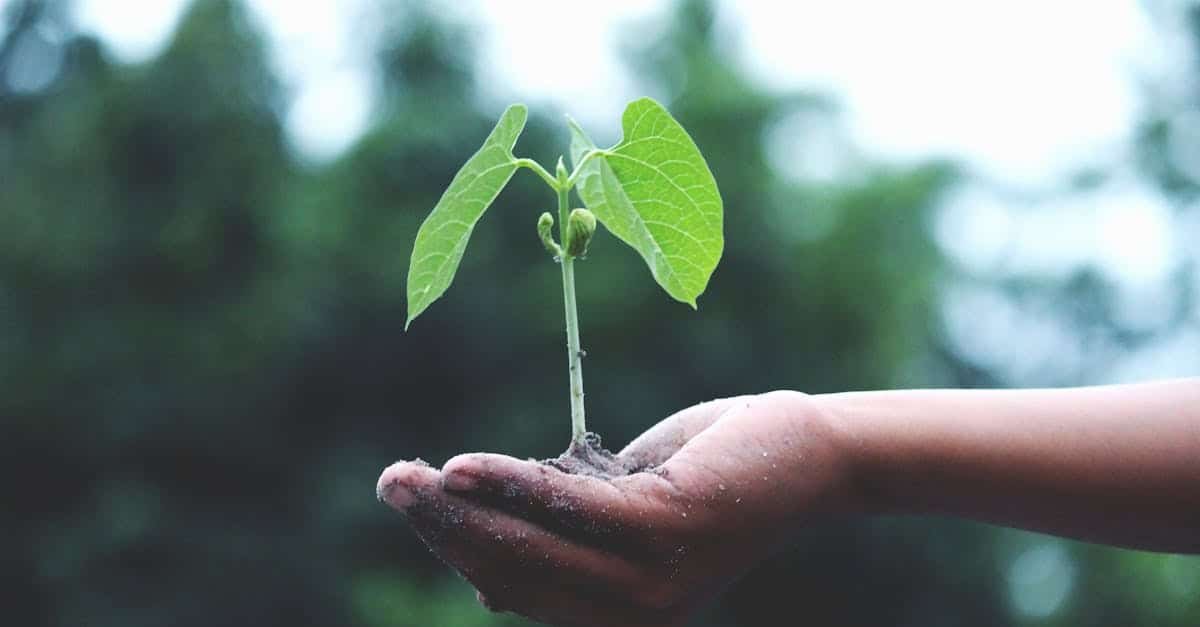Making your own sourdough starter from scratch is a rewarding and fun process! With just a little flour, water, and patience, you can create the natural yeast and bacteria needed for delicious, homemade sourdough bread. Follow this step-by-step guide to get your own sourdough starter going!
🌾 What You’ll Need
🛒 Ingredients:
- All-Purpose Flour: 1 cup (120g) – You can use whole wheat for a more active starter.
- Warm Water: 1/2 cup (120g) – About 75°F (24°C).
- A Pinch of Sugar (optional) – Helps jumpstart the fermentation process.
🔧 Equipment:
- A clean glass jar or container (at least 1-quart size)
- A wooden spoon or spatula (for stirring)
- A kitchen towel or paper towel (to cover the jar)
- A rubber band (optional, to mark your starter’s progress)
🏡 Step-by-Step Guide to Making a Sourdough Starter
🕑 Step 1: Mix the First Day’s Ingredients
- Combine Flour and Water: In a clean glass jar, combine 1 cup of all-purpose flour and 1/2 cup of warm water.
- Form a Paste: Stir the mixture until it forms a thick, smooth paste. It should be thick but not dry—add a little extra water if needed.
- Cover and Rest: Cover the jar loosely with a kitchen towel or paper towel (to allow airflow), and leave it at room temperature (around 70°F / 21°C) for 24 hours.
- Optional Sugar: Add a pinch of sugar to help kickstart the fermentation process, but this isn’t essential.
⏳ Step 2: Feed the Starter (Days 2-7)
- Check for Activity: After 24 hours, check the mixture for any signs of bubbling or a slight sour smell. Even if you don’t see activity yet, that’s okay—it will take a little time to develop.
- Discard and Feed: Discard half of the mixture (about 1/2 cup), and then add another 1/2 cup of flour and 1/4 cup of water. Stir until well combined.
- Repeat Feeding: Cover loosely again and let the jar sit at room temperature for another 24 hours. Repeat this feeding process every 24 hours for the next 5-6 days, discarding half the mixture and adding fresh flour and water each time.
🔄 Step 3: Observe Your Starter’s Progress
- Early Signs: By day 3 or 4, you should start to notice some bubbles and a slightly tangy smell—this means the natural yeast and bacteria are beginning to thrive!
- Maturity: As the starter matures, the bubbles should become more frequent, and the sour smell should become more noticeable.
- Consistency: Keep feeding your starter every 24 hours, and by the end of week 1, your starter should be bubbly, active, and doubling in size within a few hours of each feeding.
⚖️ Step 4: Test for Readiness
After about 7 days, your starter should be ready for baking! You can test its readiness by performing the “float test”:
- Float Test: Take a small spoonful of the starter and drop it in a glass of water.
- Check Buoyancy: If it floats, your starter is ready to use in baking. If it sinks, continue feeding it for a few more days and repeat the test.
💡 Tips for Success:
- Flour: While all-purpose flour works great for a beginner starter, you can switch to whole wheat or rye flour after a few days to boost fermentation. They have more nutrients and can make your starter more active.
- Water: Use filtered or dechlorinated water if possible—chlorine can inhibit the growth of the wild yeast.
- Temperature: Keep your starter in a warm spot (70°F-75°F / 21°C-24°C) to encourage the yeast growth. Avoid placing it in a drafty area or too close to heat sources.
- Patience: The key to a healthy starter is patience! If your starter isn’t showing signs of life by day 5, don’t worry—it might just need more time.
🌿 Optional: Customize Your Starter
- Milder Flavor: For a milder flavor, feed your starter with only white flour.
- Tangier Flavor: For a tangier, more complex flavor, mix in some whole wheat or rye flour.
🎉 Congratulations! You Have Your Own Sourdough Starter!
Once your starter is bubbly, tangy, and ready to go, you can start using it to bake your own sourdough bread. But don’t throw away the rest—keep it alive and healthy with regular feedings!
🌱 Caring for Your Sourdough Starter
🧑🍳 Feeding Your Starter
After your starter is established, you’ll need to feed it regularly to keep the yeast and bacteria active. How often you feed it depends on whether you’re keeping it at room temperature or in the fridge:
At Room Temperature:
- Daily Feeding: If you keep your starter on the counter, you’ll need to feed it once every 24 hours. Simply discard half of the starter and add equal parts flour and water (about 1/2 cup each).
- Stir and Cover: Stir well, cover loosely, and leave it at room temperature to continue fermenting.
In the Fridge:
- Weekly Feeding: If you’re not baking every day, store your starter in the fridge to slow down its activity.
- Feed Weekly: Feed it once a week by discarding half of the starter and adding fresh flour and water.
- Revive Before Baking: After a few days out of the fridge, you may need to feed your starter twice to get it back to full strength before baking.
🧐 Signs Your Starter Needs Attention
Your starter will let you know if it’s not feeling well! Keep an eye out for these signs:
- Hooch (Liquid on Top): If you see a layer of liquid (called hooch) on top of your starter, it’s a sign that it’s hungry and needs a feed. Simply pour off the hooch and give it a fresh feeding.
- No Bubbles: If your starter isn’t bubbling or growing, it may need more frequent feedings or a warmer spot. You can also switch to using a different type of flour to encourage more activity.
- Smell: Your starter should have a pleasant, slightly sour smell. If it starts to smell off (like rotten or overly acidic), discard most of it and refresh with new flour and water.
🧳 Traveling or Going on Vacation?
If you’re leaving town and can’t tend to your starter, don’t worry! You have a couple of options:
- Refrigerate: Before leaving, give your starter a feeding and store it in the fridge. It’ll stay healthy for up to 2 weeks without needing a feed.
- Dry Your Starter: If you won’t be baking for a while, you can dry some of your starter and save it for later. Spread a thin layer of starter on parchment paper, let it dry completely, then break it into pieces and store in an airtight container.
Enjoy baking with your very own wild yeast starter, and happy sourdough baking! If you’d like to find out how to make sourdough bread with your newly created starter, check out our guide here











